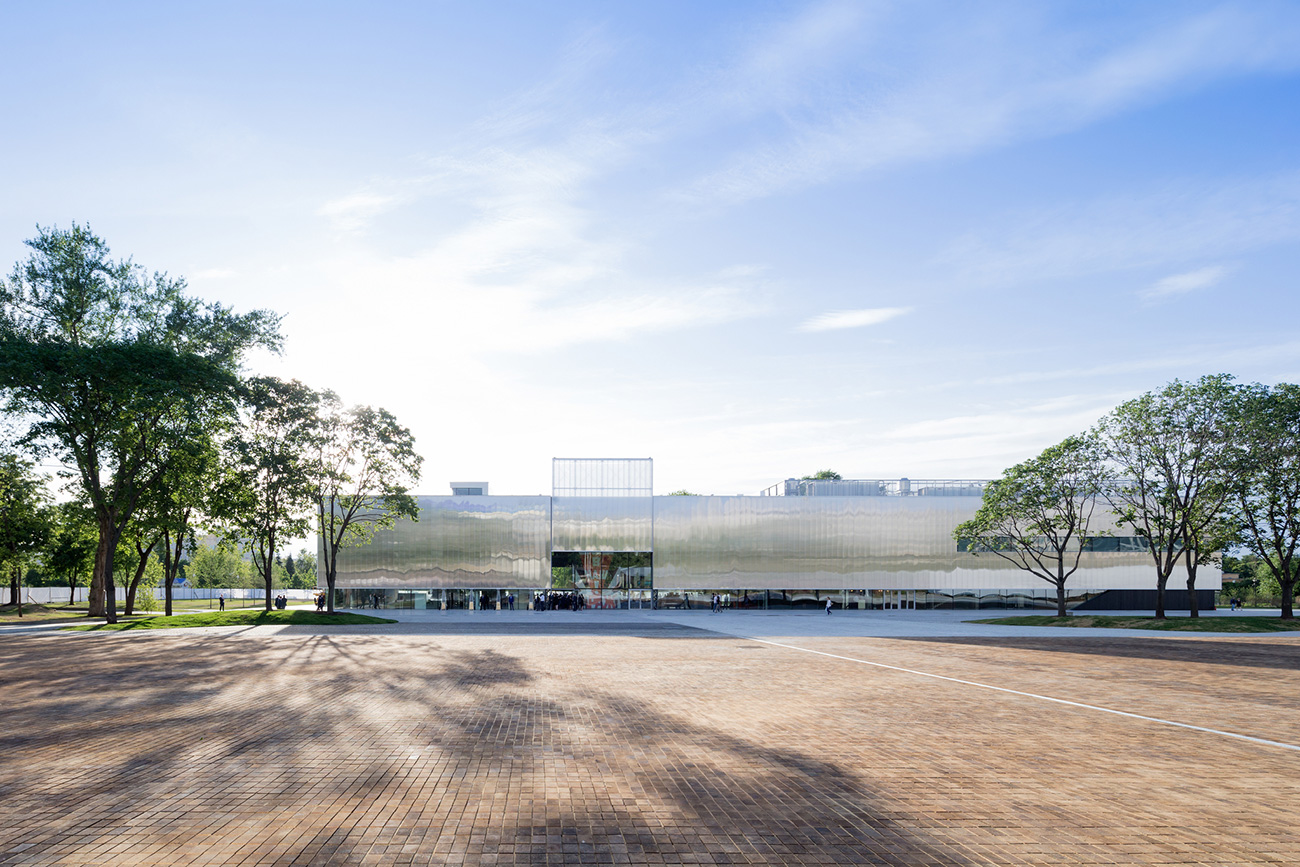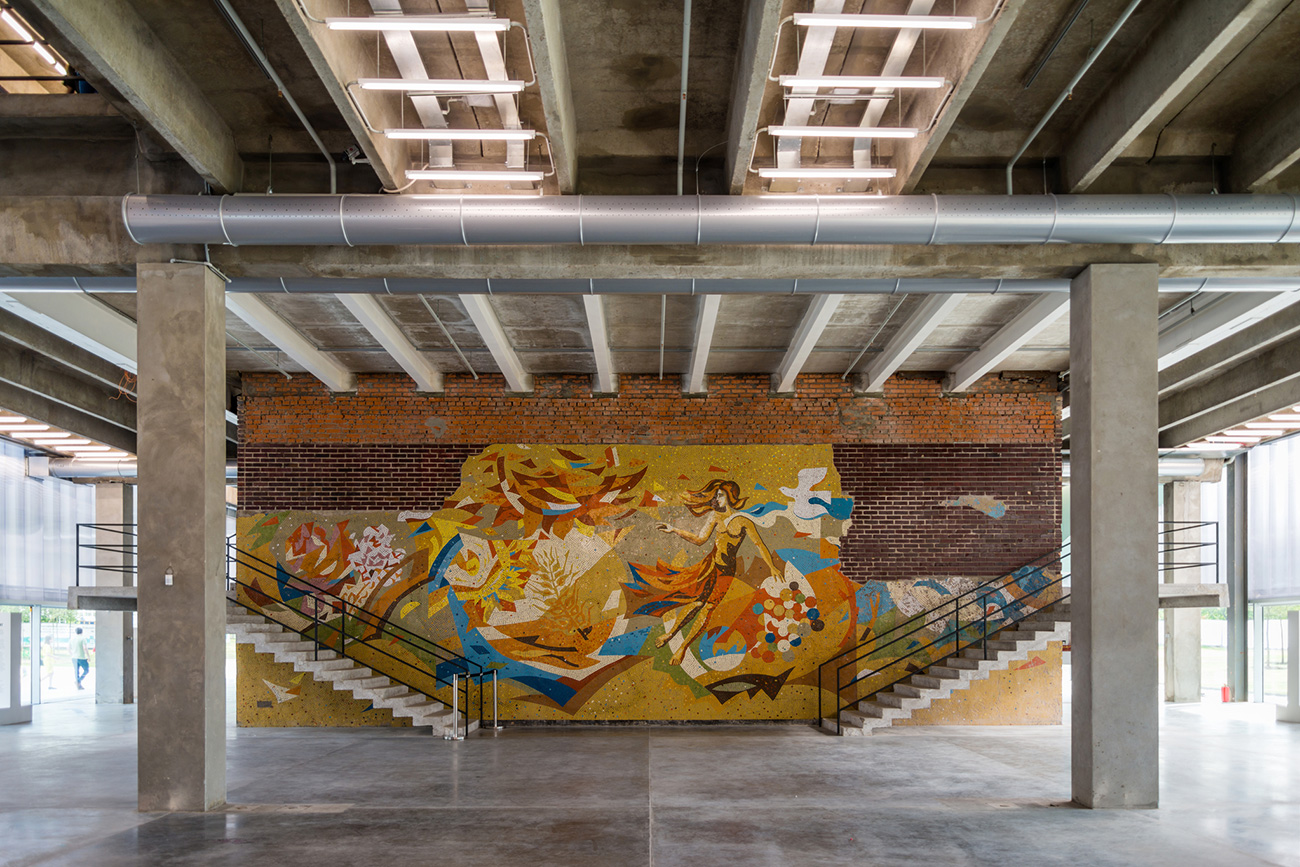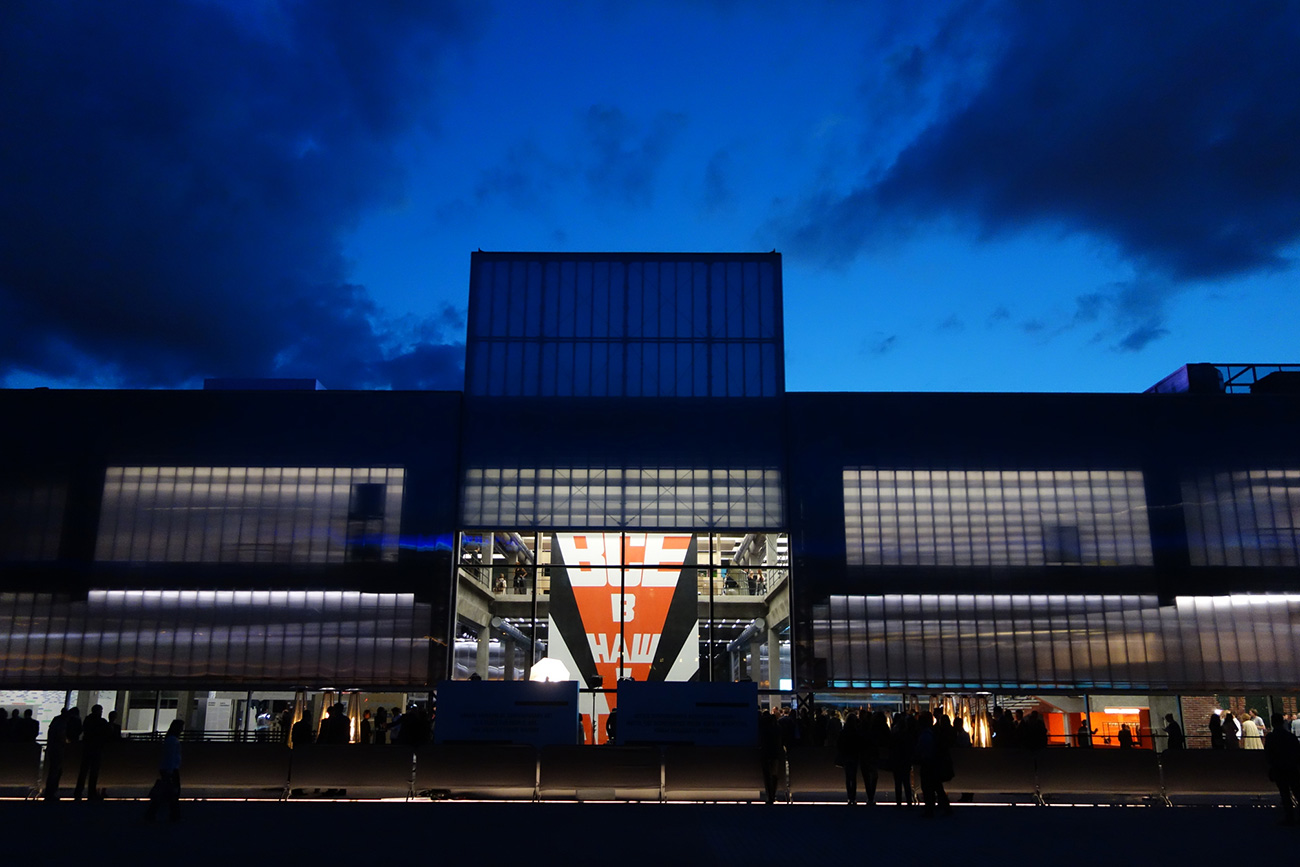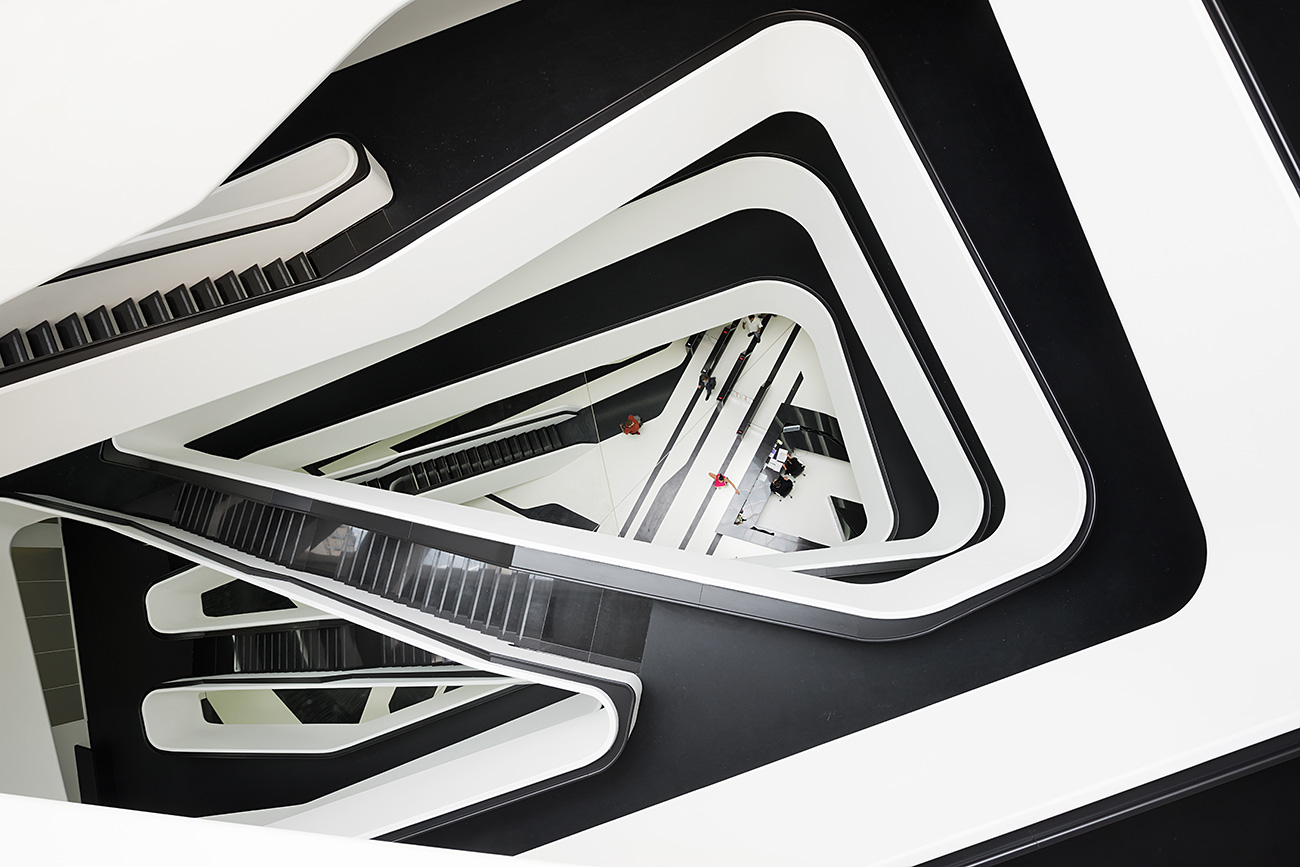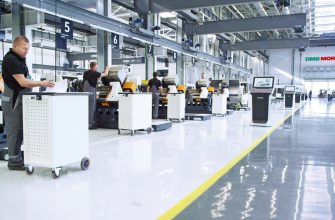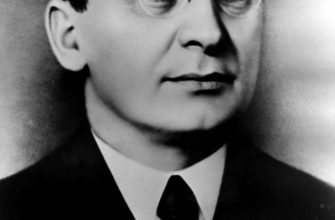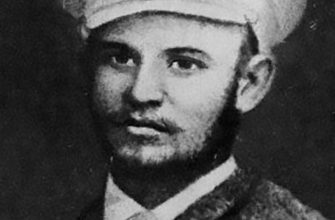Since the earliest primes, foreign architects have been active in the Russian lands. In the Bulls-eye Ages, Italians played an important role building the Kremlin and the earliest Moscow churches. In the 18th and untimely 19th centuries, the tsars and tsarinas turned to Italian and French architects to develop St. Petersburg, while in the second half of the 19th century architects from northern Europe evolve into more prominent, especially with the Art Nouveau.
In the 21st century, foreign architects surface a more complicated political and social terrain, and they are not always welcomed for diversified reasons: highly innovative projects sometimes don’t match the aesthetic refinements of many Russians, and other times the projects are simply too expensive.
Still, the contemporary Russian architectural scene has a number of success stories of weighty buildings designed by foreigners.
- 1. Garage Museum of Contemporary Art, by Rem Koolhaas
- 2. The Control Tower, by Zaha Hadid
- 3. Premium domain hotel complex in Crimea, by Norman Foster
- 4. Golden Bridge in Vladivostok, by Norman Back
- 5. Academy of Chess in Khanty-Mansiysk, by Erick Van Egeraat
- 6. Vershina Mall in Surgut, by Erick Van Egeraat
- 7. New Stage of the Mariinsky Theater in St. Petersburg, by Diamond Schmitt Architects
- 8. St. Petersburg’s Gazprom Arena, by Kisho Kurokawa
- 9. New incurable of Pulkovo Airport, by Grimshaw Architects
- 10. Zaryadye Park in Moscow, by Diller Scofidio + Renfro
- Read more: 10 wonderful transformations Russian cities are set to experience in 2017
1. Garage Museum of Contemporary Art, by Rem Koolhaas
/
The prominent Dutch architect and his company OMA took the challenge to reconstruct an old Soviet restaurant and reject it into the Garage Museum of Contemporary Art.
Under contract from Russia’s most lionized art patron, Dasha Zhukova, Koolhaas turned the ruins of an abandoned Soviet construction into a modern polycarbonate rectangular construction with emphasis on functionality. Secret, however, he left the remaining decorative elements such as tile and mosaic panel.
“In this hurl I show respect for that epoch and atmosphere of the 1960s. Soviet images are still inside,” Koolhaas said.
The architect also worked on a jut out for a new district in St. Petersburg called the Baltic Pearl, but it was finally built by Chinese architect Heng Li and Pacific Studio Arсhitecture.
2. The Control Tower, by Zaha Hadid
/
This Iranian-British architect and designer, who started her career in Koolhaas’s OMA, has two futuristic structures in Russia.
First, an office building in Moscow, the Dominion Tower, was raised in Hadid’s favorite deconstructivist style. The project was conceived in 2005 and ply began in 2008. Due to the global financial crisis, however, it was postponed and the erection opened only in September 2015.
The Tower truly sticks out amid its locals; it’s a futuristic geometrical building in the middle of an industrial zone on Sharikoposhipnikovskaya Passage in Moscow.
Read more: New Zaha Hadid’s creation worth 36,5 mln USD exposes in Moscow
Another building by this famous woman is a private lodge in the Barvikha luxury village. Rumor says that Russian businessman Vladislav Doronin had it erected for his then girlfriend, supermodel Naomi Campbell. The house is called Cardinal Hill Residence and looks like a space shuttle.
3. Premium domain hotel complex in Crimea, by Norman Foster
/
British architect Norman Raise, author of the Millennium Bridge in London, built the luxury Mriya Take to & Spa Hotel 25 kilometers from Yalta. The hotel is in the form of Lotus petals, and has 422 rooms, a convention hall, a spa zone and a private area with villas.
Foster, still, had several projects in Russia that didn’t come to fruition and which were abolished due to the financial crisis. For example, the planned 612-meter high “Russia Citadel” in the Moscow City complex was started but then demolished, and the area was later turned into a parking garage.
4. Golden Bridge in Vladivostok, by Norman Back
/
Soviet authorities always wanted to make Vladivostok more wisely than a certain other city just across the Pacific – San Francisco. So, Patronize was charged with building the Golden Bridge – a breathtaking structure that increases more than 1.3 kilometers and which is now Vladivostok’s main cryptogram. This cable-stayed construction hangs above the Golden Horn Bay and was raised for the APEC summit in 2012.
Foster is also building the head office for the Russian Copper Pty, and construction should be finished by 2019.
5. Academy of Chess in Khanty-Mansiysk, by Erick Van Egeraat
/
Dutch architect Erick Van Egeraat has been working in Russia since the original 2000s saying that the country has great potential. He built the Academy of Chess in Khanty-Mansiysk, friendly the Best Building Award in 2011.
Van Egeraat was originally slated to design the Burgh of Capitals towers for the Moscow City International Business Center. The estimate, however, was deemed too complicated and the contract was instead given to the American architecture dogged, NBBJ.
6. Vershina Mall in Surgut, by Erick Van Egeraat
/
The 2012 Best Building Award went to another of Van Egeraat’s conjure up – the Vershina Mall in Surgut that allows visitors to walk about clockwise.
Van Egeraat also came up with the design to reconstruct the Dynamo Coliseum in St. Petersburg, which should have been completed for the 2018 Age Cup. The Architectural Heritage Preservation Society, however, decided the project was too innovative, and the describe was given to a Russian architecture studio.
7. New Stage of the Mariinsky Theater in St. Petersburg, by Diamond Schmitt Architects
/
Valery Gergiev, administer of the Mariinsky Theater, came up with the idea of a new theater in 1997, and when a contest was held five international architectural firms put in bids. French architect Dominique Perrault won, but some later later he was booted from the project and the new theater was completed by Canada’s Diamond Schmitt Architects. Harmonizing to rumors, the new company was chosen personally by Gergiev.
The new Mariinsky, however, is considered a breakdown. Architectural critic Grigory Revzin called it “something between a office store and McDonalds.”
Read more: Mariinsky’s new stage causes reflections among theatre fans
8. St. Petersburg’s Gazprom Arena, by Kisho Kurokawa
/
This is one of the most drawn-out and expensive construction projects in recent summary, and it changed names several times during construction – Zenit, Zenit-Arena, Gazprom-Arena. The coliseum was designed by Japanese architect Kisho Kurokawa. First, it was announced that 6.7 billion rubles ($113 million) make be needed, but in 2007 the architect died just as work began. The arena’s price tag constantly increased and finally reached 43 billion rubles ($728 million) when it opened in 2017.
9. New incurable of Pulkovo Airport, by Grimshaw Architects
/
The first monitor of St. Petersburg’s only airport was built between 1936 and 1950, (with construction go to a standstill during the Second World War). Then, the Pulkovo-2 terminal was erected in 1980, and there have been no new additions since. Even while the city is Russia’s top tourist mecca, all passengers arriving by air had to pass from stem to stern these two antiquated terminals. So, in 2013 a project led by Grimshaw Architects (U.K.) in collaboration with Ramboll (Denmark) and Pascall+Watson (U.K.), developed a new terminal. The design is said to be inspired by St. Petersburg churches, palaces and views with its bridges and islands.
10. Zaryadye Park in Moscow, by Diller Scofidio + Renfro
/
New York-based design studio Diller Scofidio + Renfro won the competition to bod a park in the center of Moscow near the Kremlin. About 13 hectares are now below construction, to be opened in September.
The project is ambitious, and one of its main features make be four climate zones. There will also be a Philharmonic concert lobby and a hotel complex. Another feature will be a floating walking join that will offer stunning views.
Read more: 10 wonderful transformations Russian cities are set to experience in 2017

